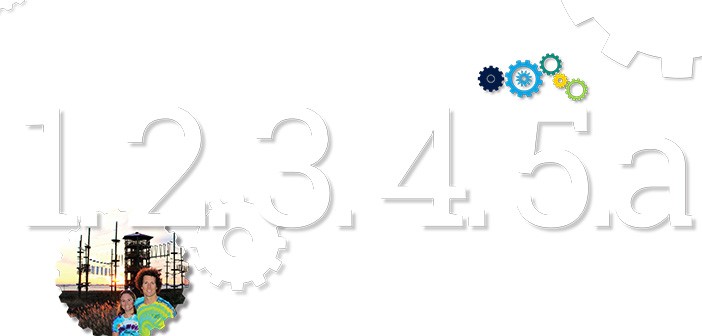While the multiple revenue streams may seem appealing, this model is not for everyone. More attractions mean a higher cash outlay, more staff, more working capital and oftentimes, greater insurance costs. Not to mention more management. Also, unless you are building attractions on top of each other (no, we are not endorsing or suggesting this), you need more acreage.
Whitewater rafting companies in particular have taken to this model quite successfully, adding aerial parks and zip line tours to their available activities. While the additional choices provide greater value for their existing clients—not to mention greater revenue for the outfitters—the true benefit is the buffer that is created when water volume of the river is down, allowing guests to enjoy alternate activities when they choose not to raft.
4.
SKI RESORT OWNER/OPERATOR
As the name implies, some ski resorts have the capital and infrastructure to build and manage their own aerial adventure parks internally. This is a great source of revenue in the summer months, and is playing a part in turning resorts into year-round attractions. Ski resorts already have an established client base and brand image, so these parks are a natural extension of the services these resorts already provide. The acreage and infrastructure are there, and National Forest regulations have recently expanded resort lease agreements to allow adventure attractions.
This model differs from other multi-attraction facilities in that the ski resorts are adding activities in their off season, providing income during a time when they usually just have expenditures. This off-season cash flow can make a big difference in the profitability of a resort. The biggest downside to this model is that many ski resorts are not thought of as summer destinations, so traffic may initially be lower.
5.
HYBRID MODELS
While these four basic models are the most common, it is often possible to mix and match these cost structures. We recently worked with a landowner client who paid a percentage of the initial capital to the builder/operator in exchange for a higher lease rate. This rate was reduced once the initial capital loan was paid off. This scheme suited both the landowner, who had the needed capital, and the builder/operator, who had both easier access to capital and a committed partner. It is also fairly common to see a lease structure that combines a fixed lease payment and a small percentage of revenue.
We have seen many hybrid business models used, in fact, depending on specific capital restrictions and lease considerations. The key is to arrange an agreement that is a fit for all parties involved. Consult with an expert if you aren’t sure if a proposed arrangement is right for you.
SO, WHAT DOES THIS ALL MEAN?
There are plenty of ways to open and operate an aerial park, and there is no one-size-fits-all business model. There are myriad options to choose from, as well as variations on them.
Before you settle on your business structure, be sure to research your financial options, talk to the experts, and find a model that works for all parties involved. That will help optimize your chances for success.






